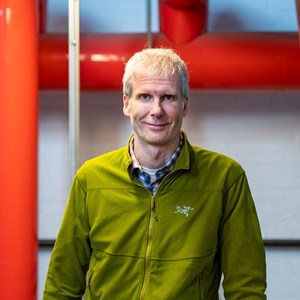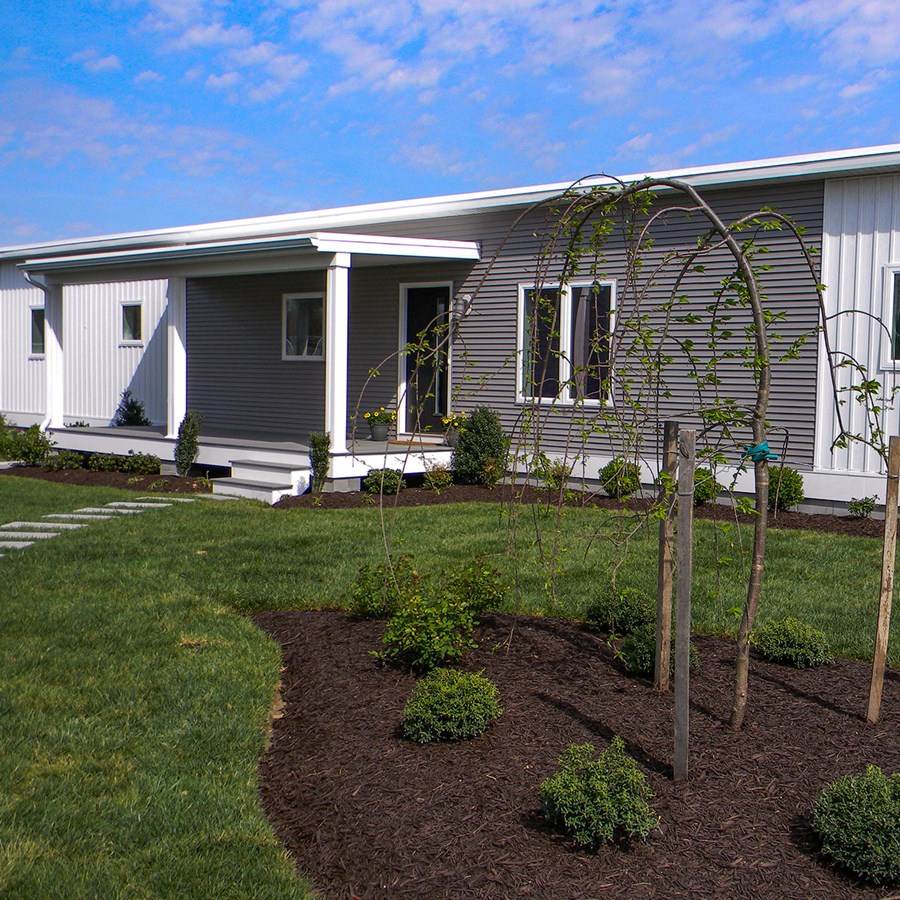Building wealth and reducing energy burden in New Hampshire

The Challenge
The North Country of New Hampshire is a rural region with an increasing number of low-income households making difficult choices about basic living costs. Energy burdens are particularly high for low-income people and rural areas have limited resources to implement energy savings programs.
The Solution
In 2017, the Neil and Louise Tillotson Fund of the New Hampshire Charitable Foundation selected VEIC to serve as the “Energy Efficiency Value Chain Coordinator” for the North Country. VEIC is working with public and private sector partners to bring the necessary awareness, resources, and capacity to deliver increased energy efficiency as an economic development strategy. Services: Energy Efficiency
The Impact
By mapping the region’s energy efficiency “value chain” and identifying systemic gaps for successful clean energy advancement, we can develop solutions and invest resources wisely to strengthen the system long-term. This increases community prosperity through local wealth building and job creation.
Looking at the whole picture
Located in the top third of New Hampshire, the North Country is a rural, heavily-forested region. It has a declining wood products industry and a growing recreation- and tourism-based economy. There is an out-migration of young adults seeking professional jobs and financial stability elsewhere, an aging population, and an increasing number of low-income households making difficult choices between food, housing, energy, transportation, and medicine.
To address the challenges of an energy-burdened population and a strained economy, the Neil and Louise Tillotson Fund of the New Hampshire Charitable Foundation – one of the largest rurally-designated foundations in the nation – is championing an effort to reduce energy costs, improve housing stock, and invigorate the local economy. As a part of this work, the foundation selected VEIC to serve as the “Energy Efficiency Value Chain Coordinator” for the North Country.
“VEIC’s more than 30 years of leadership in energy efficiency program design and delivery, its experience working with diverse populations, and its familiarity with rural, cold climate communities, made it a perfect fit serving as the Energy Efficiency Value Chain Coordinator”
Value Chain Coordinators convene and connect local stakeholders, providing leadership, strategic guidance, and technical support as they work together to solve pressing social, economic, or other local problems.
We began our work by:
- Mapping the region’s energy efficiency value chain to identify market barriers.
- Conducting a listening tour of over 50 energy, economic development, affordable housing, and political leaders in the region.
- Conducting an energy burden study of Coös County, the largest county in the North Country with a population of 30,000.
- Convening two stakeholder engagement workshops to identify areas of focus for addressing value chain gaps.
Energy burden is the percentage of income a household spends on energy. In New Hampshire, total energy burdens – which include household and transportation energy use – average 9.4 percent. Our energy burden study found that Coös County households spend an average of $5,730 annually for electricity, heating, and transportation, and have an average energy burden of 14.3 percent.
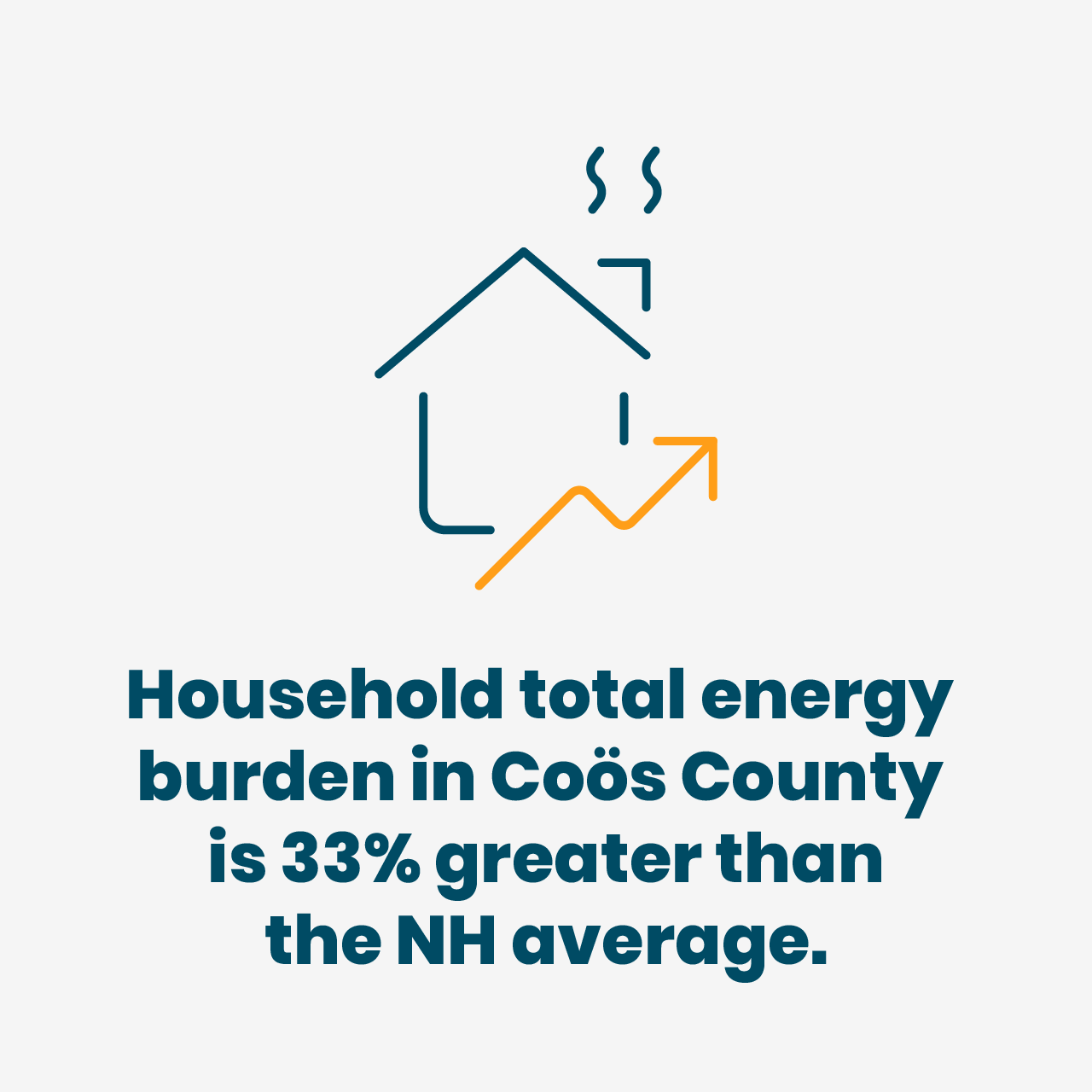
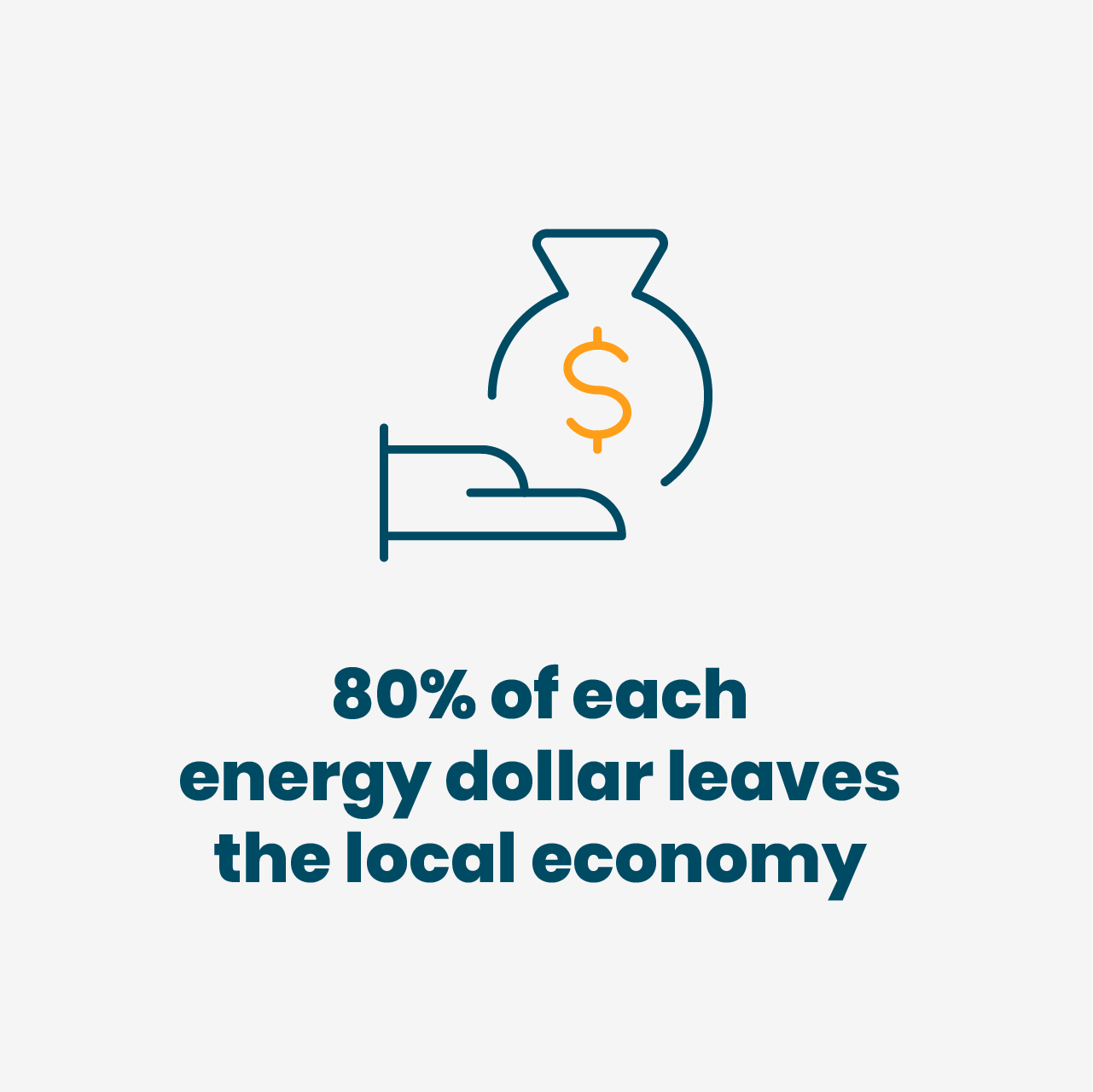
Our study also showed that the energy bill for Coös County is approximately $102 million per year ($32 million for electricity, $37 million for heating, and $33 million for transportation). An estimated 80 percent of each energy dollar leaves the local economy immediately to pay for fossil fuels – a significant drain on the region. This could be alleviated by increased energy efficiency and greater use of locally, sustainably harvested wood fuels.
Addressing gaps in the value chain
Despite decades of utility-led energy efficiency initiatives in New Hampshire, the North Country is not realizing the societal and environmental benefits that come from increased clean energy use. Without more ambitious state-wide energy efficiency targets and policies, the resources needed to stimulate energy efficiency have not made their way to the North Country. There is a thirteen-year waiting list for income-eligible households for the Weatherization Assistance Program (WAP), and that is just for those who have already asked for help.
Development and implementation of long-lasting, scalable solutions for filling these gaps is the top priority for VEIC’s work as Value Chain Coordinator. Since our work began, we have made progress through the following initiatives:
- Energy Circuit Rider. Many small towns in the region do not have staffing capacity to identify and implement municipal energy efficiency projects or to seek out incentives, grants, and financing.We helped launch and are now supporting Clean Energy New Hampshire in delivering the North Country Energy Circuit Rider Initiative to local municipalities. The Circuit Rider is travelling from town to town, providing strategic guidance, energy assessments, technical support, and grant writing expertise for municipal energy efficiency projects. By leading by example, municipalities can help increase demand for energy efficiency by others in the region.
- Weatherize Campaign. One of the biggest barriers to increasing completed weatherization projects in the North Country is a lack of concentrated demand. Without enough market demand, contractors are not offering services in the region. By increasing awareness of the benefits of energy efficiency among middle-income households and promoting existing programs, the demand for weatherization contractors can also increase. We are providing support to Clean Energy New Hampshire and local energy committees as they deliver a new, aggressive “Weatherize the North Country” campaign.
- Targeted funding for Local CAP agency. To address the thirteen-year waiting list for weatherization services, we learned that the local CAP agency had the funding and capacity to hire and train additional staff, but it needed a new truck to get crews and tools to job-sites. By securing funding available from the Tillotson Foundation to be put toward buying a new vehicle, one road block was immediately eliminated.
- Workforce development. To address the challenge of a declining workforce and the need for more weatherization contractors in the North Country, we are working to connect the dots between technical training opportunities and interested prospective workers. This paired with an increased, concentrated market demand could create new economic activity and address high energy costs in these regions that have lacked a strong contractor base.
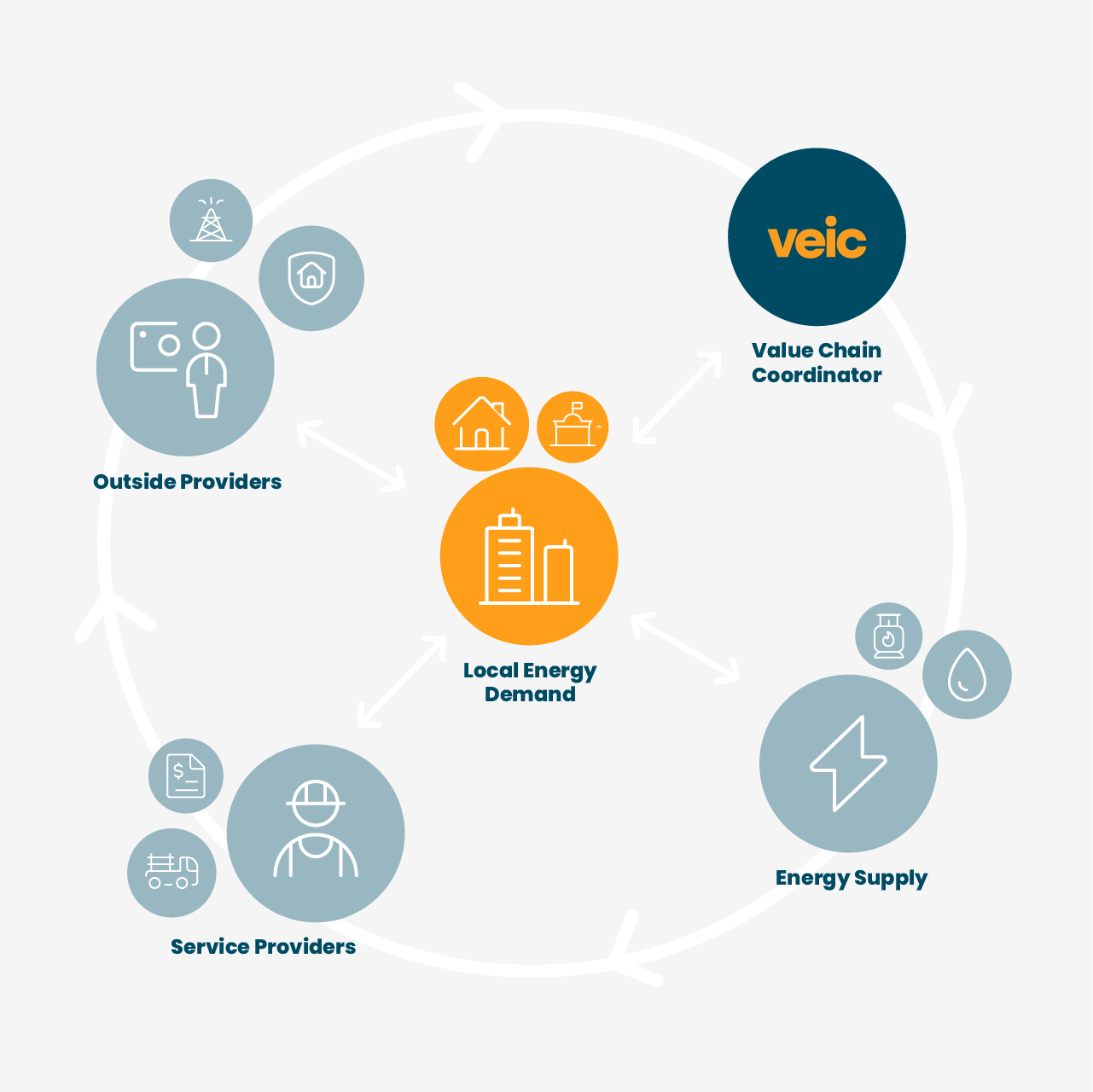
Local Energy Demand: All energy consumers, households, businesses, municipalities
Service Providers: Local building, electrical, HVAC contractors, energy efficiency and weatherization service delivery, and direct funding sources
Outside Providers: Private investors, insurance companies, regional power generation and transmission, and product manufacturers and distributors
Energy Supply: Local heating fuel suppliers, electric utilities, and natural gas utilities
It’s clear that in order to have a lasting, beneficial impact, we need to bring many different solutions to the table. As our work continues, we’re exploring more ways to address gaps in financing for weatherization of low-income households, a lack of affordable housing options, and the outmigration of young people seeking jobs elsewhere.
Rural communities like those in the North Country exist all over North America. We are demonstrating that investing resources wisely, addressing systemic gaps, and strengthening local value chains can increase community prosperity and reduce energy burdens. We are excited by the potential to bring this approach elsewhere.
